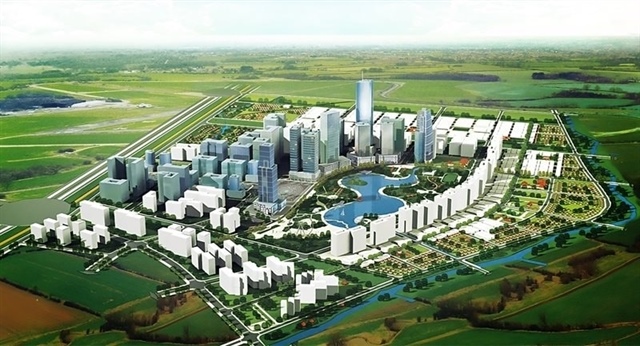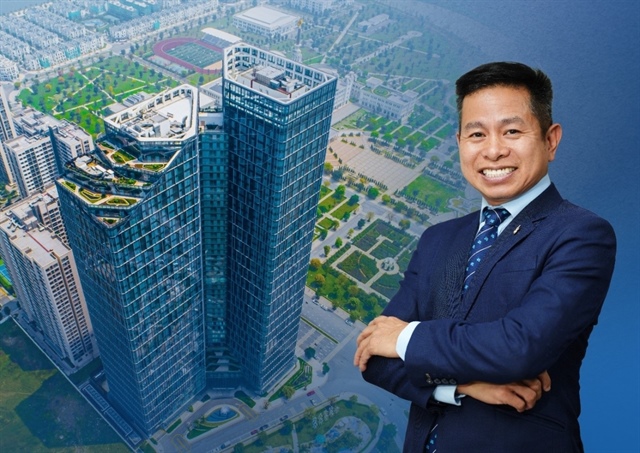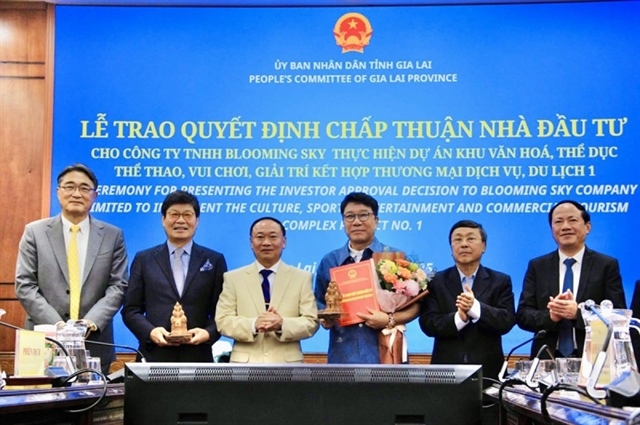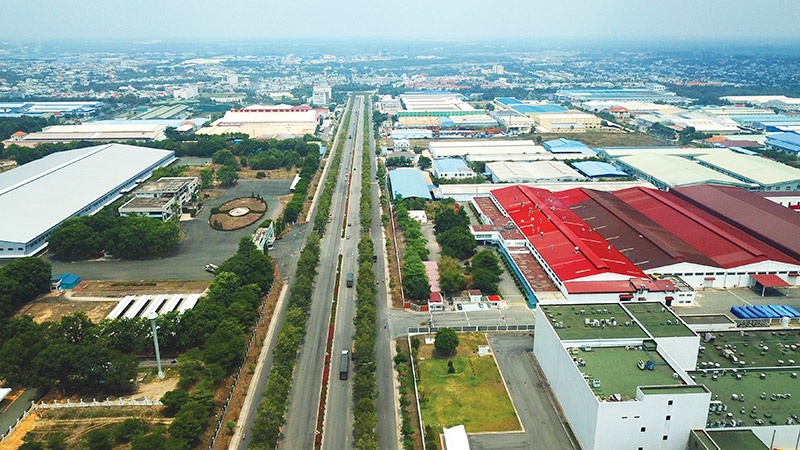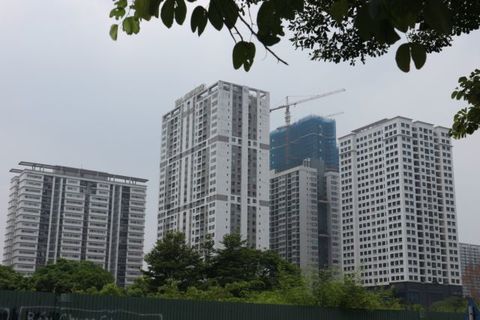A phased approach to smart cities
A phased approach to smart cities
On the sidelines of the World Cities Summit 2022 in Singapore last week Benjamin Chiang, managing partner for ASEAN Government and Public Sector at Ernst & Young Advisory, shared with VIR’s Duc Hanh his knowledge on how to upgrade traditional cities into smarter ones.
How optimistic can you be in evaluating the trends of building smarter cities during this turbulent time in the global economy?
Governments around the world are tapping into an arsenal of policy interventions and financing measures to support the transformation of sectors, especially energy and industry, improving energy efficiency, and tackling environmental pollution.
Many are adopting a stick-and-carrot approach, including green taxes on harmful environmental activities, tighter regulations, and new environmental standards and certifications for energy performance, emissions, and pollution. Subsidies and tax rebates are used to boost demand for green products and services like electric vehicles (EVs), solar panels, and renewable energy.
Loans and grants are also provided to promote green investments in sustainable agriculture, renewable or low-carbon energy sources, energy-efficient buildings, transport, and public infrastructure.
There is a robust and wide array of green projects that private investors can participate in or collaborate with governments. For example, an EY study commissioned by the European Climate Foundation found a pipeline of over 800 clean energy projects with a total investment potential of $316 billion. These plans present a multitude of opportunities in clean energy development and management for the private sector. Yet, private investors are held back for various reasons.
In June, the G7 announced the Partnership for Global Infrastructure and Investment in private and public funds over five years to finance the required infrastructure in developing countries. It is partly to look at things like strengthening supply chains as a result of the Ukraine war. They are focusing on green supply chains because a lot of these raw materials come from certain countries, which they want to secure their supply chains.
Southeast Asia is one of the most vulnerable regions to climate change. The region is also expecting a population surge in the next decade, increasing the burden on existing infrastructure. How can Southeast Asian cities, including those in Vietnam, build cities that are both smart and sustainable?
When you talk about smart cities, you have to look at them in terms of green-field sites and brown-field sites. Greenfield sites are when you want to build a totally new city from scratch. The considerations are quite different from those in this existing city, and you want to make sure that smart covering infrastructure is in place. There are a lot more complexities as you try to retrofit an existing brownfield site for that.
You also have a mix of both sites as well. In Jakarta, Indonesia, they are looking to relocate their capital city. Instead of trying to retrofit Jakarta, they started to create a brand new capital city, making it smart and moving resources over while taking the strain off the city and rejuvenating it. I believe there are strategies for dealing with both issues.
There is lots of green infrastructure and new technologies at a level to make it smart. There is the other part of it, which is your smart from a digital perspective. That is where you get all the other layers and put your sensors on the Internet of Things and your service delivery models, giving citizens a digital identity and enabling digital payments.
And then once you have that in place with all the interoperable frameworks, you connect the data elements to have the top layer there, which is actually what makes it smart for user applications and the services.
It is a phase-by-phase approach since there are so many different components in smart cities and smart infrastructures. You can start by building up and replacing components in each of the layers, and then you can overlay that digital component. Once you have that, you will be able to deliver these applications.
Have you got any solutions for Vietnamese cities in particular?
Housing and transport will be critical in managing the density of cities. It gives you the perception of a crowded or not crowded city. There is a sense of space that you get when you move around. Singapore is a small island with just over 6 million inhabitants. The question for the country is how to lay out the island to help people move from point A to point B so that they do not think it is crowded. To do so, urban planning would be the key.
Smart city solutions can be little things. Assume you have an emergency like a heart attack. Traditionally, you would figure out how to get an ambulance to come here. One of the things that Singapore did was to turn that around because the island is so dense and very crowded and it’s quite difficult to get your emergency services here very quickly.
Some of the things that Singapore has done is to provide the right incentives to get people on or off the road. We have got our certificate of entitlement and the electronic road pricing (ERP) that regulates the number of cars in Singapore and on the roads. The ERP works by a pay-per-use model where in times of peak traffic, the prices are higher.
Ultimately, it is not just about managing operations but also having the ability you need to give people the options to get from point A to point B, whether it is public transport such as buses or MRT. Those are the kinds of infrastructure you have to put in place. I believe that Hanoi and Ho Chi Minh City are doing well to develop public transportation to limit motorbikes and private cars on the road.
We were involved in a project with the United Kingdom’s Foreign Commonwealth and Development Office in Hanoi, on a smart ticketing system. The office funded that project, and we helped to look at the options around how you could create it. I understand that there are many different models of transportation and that they have different fare systems. They all collect their own fares, and they’re not integrated, but a common ticketing system allows you to use one ticket to travel across your transport types.
To do this, Vietnam needs some infrastructure, including a back office system to clear the transport fares. We hope to look at the fare models.
Regarding electric vehicles (EVs), the Singaporean government has been promoting a transition to cleaner vehicles. However, to enable the transition, a major issue that the government needs to look into is the charging infrastructure, which is critical to EV adoption.
Also, in Singapore, around 80 per cent of the population lives in public housing. Without that personal charging point, the government needs to make sure that there is enough public charging infrastructure for this group of people.
We need to look at the requirements to build that infrastructure and make sure that your power grids have sufficient capacity to charge electric vehicles as well. Vietnam also can do it this way.
Smart cities will be energy-consuming. What do you think about the conflict between climate change responses and smart city development?
Digital is the way forward. With real-time data, you can optimise these transport solutions. Digital solutions require power. And the question is, how clean is your power? Is it coming from coal power, solar, wind, among others? In the case of Singapore, we do not have spacious land for other types of wind or solar farms, but we can consider extending rooftop solar panels on our buildings.
Currently, most of Singapore’s electricity is produced from natural gas, which is a relatively cleaner way of power generation. That said, we hope that more of Singapore’s power can come from renewable sources in the future.



